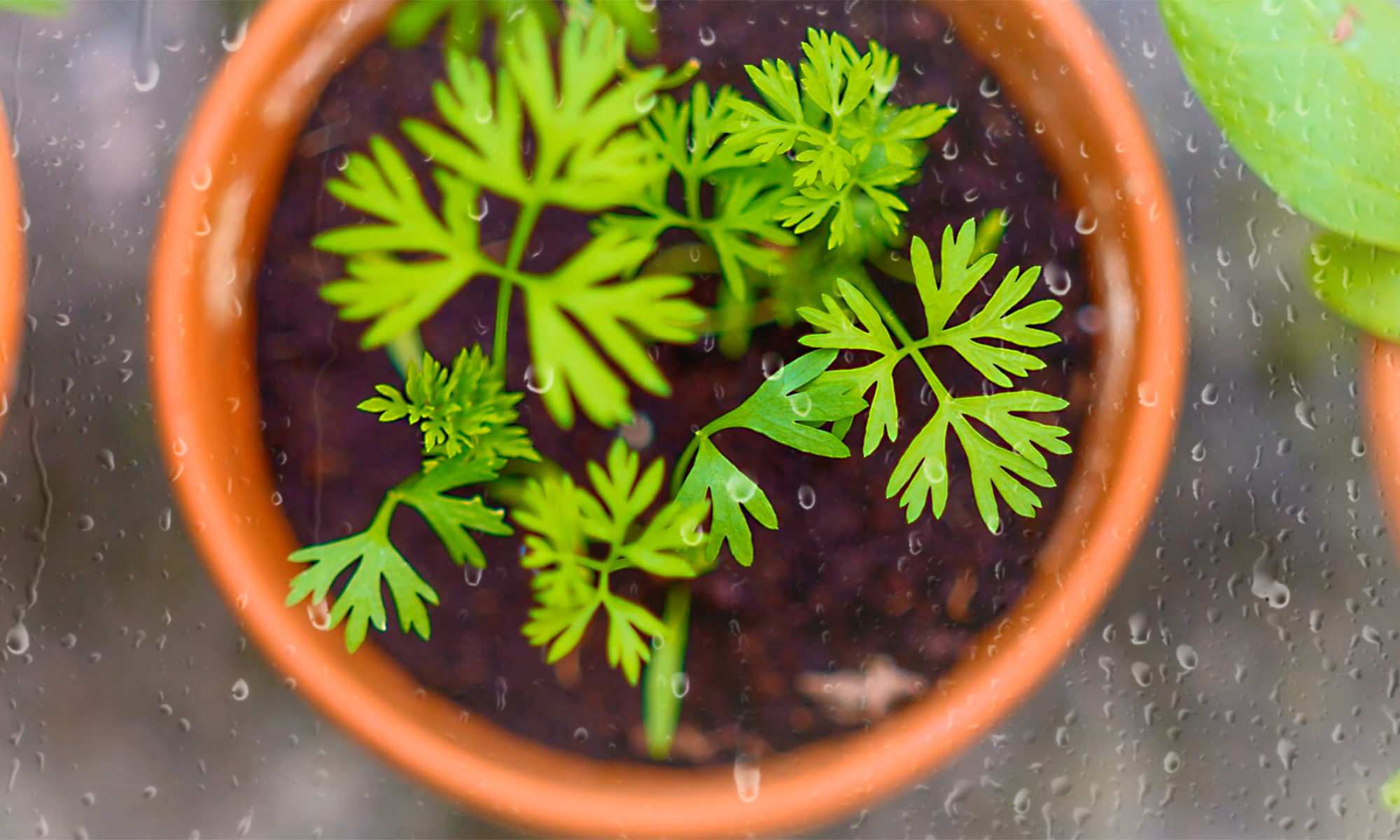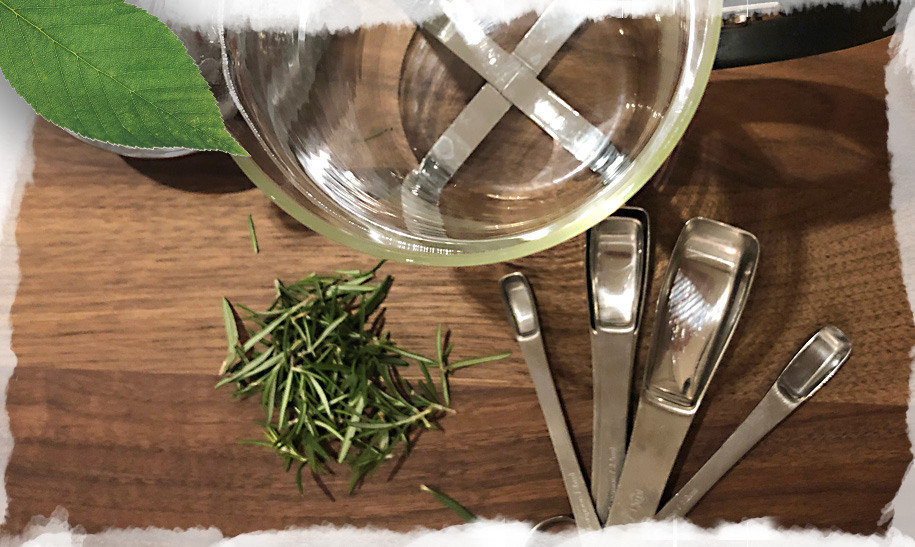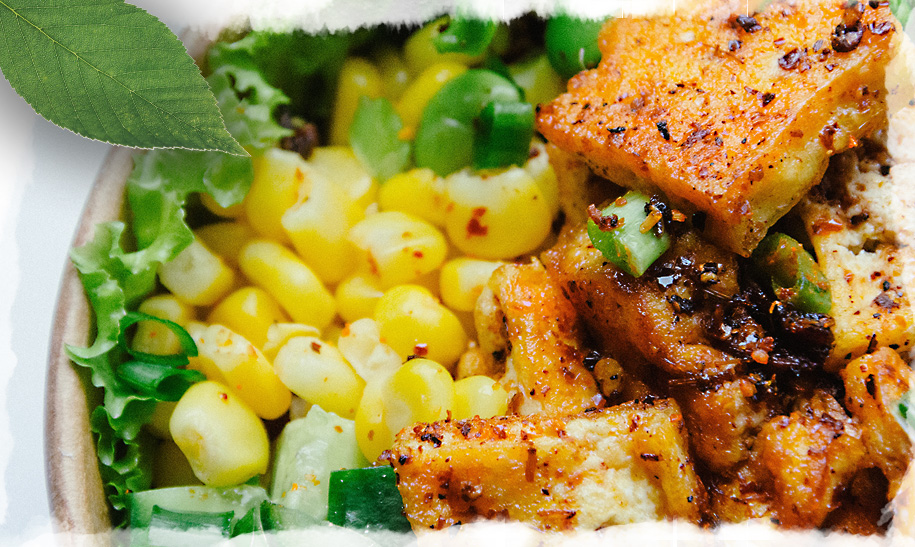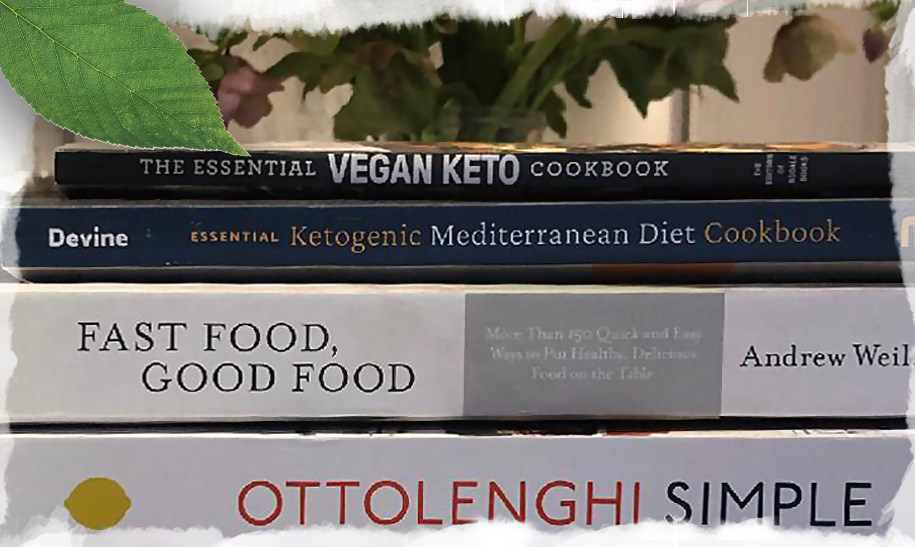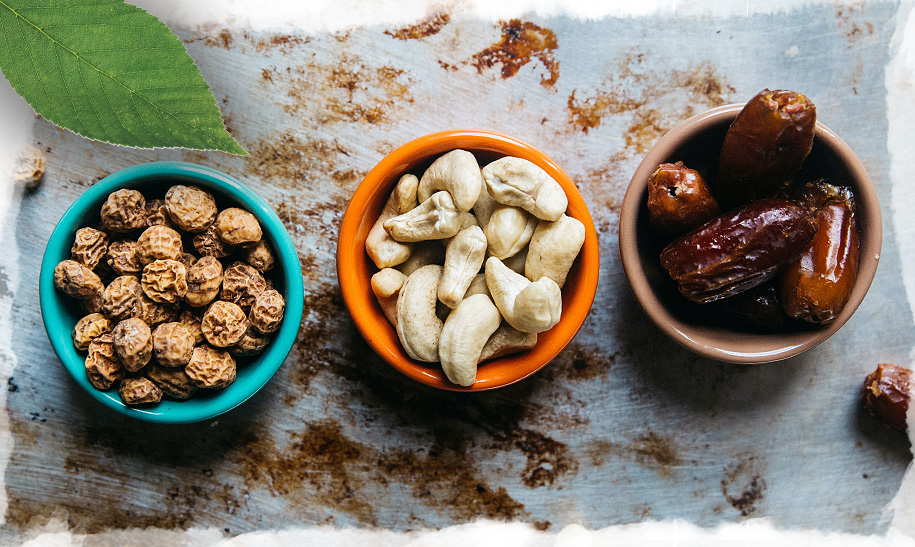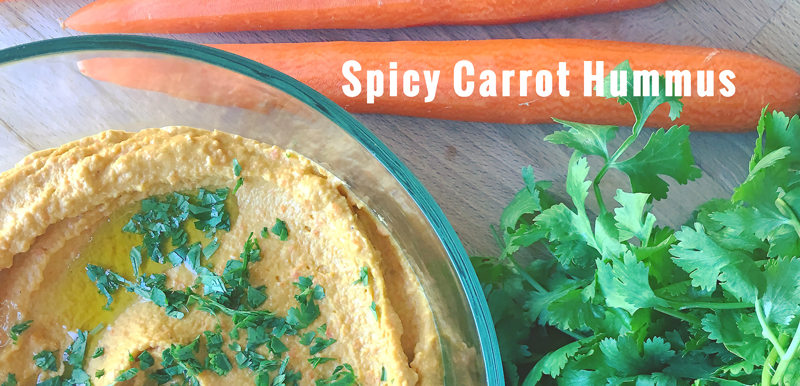Heart ❤️ disease has remained the leading cause of death in the U.S. for over a century, yet recent surveys reveal a concerning lack of awareness among Americans about its gravity. Despite claiming more lives than cancer and chronic lower respiratory diseases combined, many fail to recognize its impact.
Continue reading “February American Heart Month”Rosemary’s Journey from Garden to Plate
As the weather turns colder and the days grow shorter, its presence becomes not only an essential ingredient but also a poetic nod to the art of cherishing and recalling loved ones in a timeless culinary tapestry.
Continue reading “Rosemary’s Journey from Garden to Plate”Tofu: A Versatile and Nutritious Superfood
While I’m not a fan of the term “super food,” if I had to choose one, it would be tofu!
October is Breast Cancer Awareness Month, and it’s important to remember that tofu (soy) is perfectly safe for those with and at risk for breast cancer. In fact, some preliminary studies even suggest that tofu intake is associated with a lower risk of breast cancer.
In this blog post, we’ll explore the versatility and health benefits of tofu, share some delicious tofu recipes, and discuss its role in breast cancer prevention.
Continue reading “Tofu: A Versatile and Nutritious Superfood”Cook your way to a healthy lifestyle.
One of the things that I find really constructive to creating a healthy lifestyle is cooking. Becoming familiar with cooking meals allows you to feed yourself with exactly what specifically your body needs. Feeling comfortable enough with making substitutions in recipes so that they better nourish yourself is an essential step to achieving overall wellness. Additionally, by cooking at home rather than eating out, you can ideally reduce the amount of processed foods you are eating. Eliminating as many processed foods from your diet as possible is another crucial step to a healthier lifestyle. Also, I think it’s really important to cook and eat food that you actually like. Sometimes eating healthy can feel like a sacrifice, like you have to cut out foods that you really like, and lose joy in eating. By cooking, you can learn to make the delicious dishes that you want, and realize that healthy food is actually really tasty!
Continue reading “Cook your way to a healthy lifestyle.”Gut-Wrenching Facts about Processed Foods
Most nutrition experts agree on a fundamental belief made famous by author Michael Pollan: “Eat food. Not too much. Mainly plants.” Pollan’s writings reflect that “food” refers to real, unprocessed food, and that what Americans buy in supermarkets and consume is, for the most part, far from real.
Continue reading “Gut-Wrenching Facts about Processed Foods”Spicy Carrot Hummus Recipe
Nothing can match up to the flavor of homemade.
Hummus, or any bean-based dip, can be a great thing to have on hand for a quick snack or to add flavor, texture and plant-based protein to any dish. It’s tempting to always grab the grocery store version—but when you have a little time, nothing can match up to the flavor of homemade.
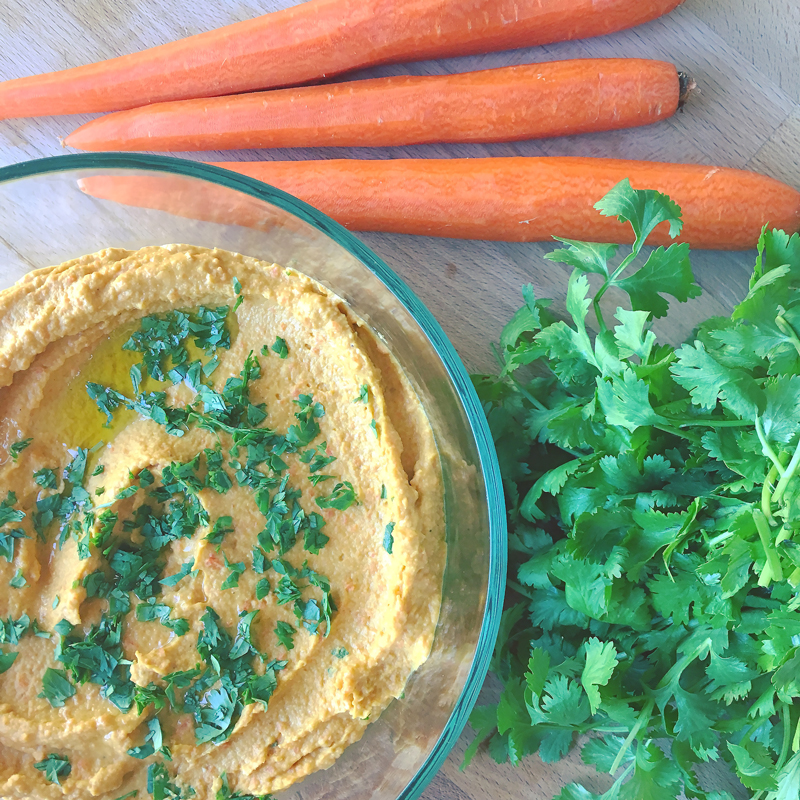 A scoop on top of a salad, a smear on a sandwich or veggie burger, added to warm pasta for a quick, creamy finish. It’s so versatile, simple and delicious. This version adds carrots for sweetness and added nutrition, and a kick of spice for balance. Not a fan of spicy food or it doesn’t sit well with you? Simple remove the pepper. This recipe is a template that can be easily modified based on your tastes. Enjoy!
A scoop on top of a salad, a smear on a sandwich or veggie burger, added to warm pasta for a quick, creamy finish. It’s so versatile, simple and delicious. This version adds carrots for sweetness and added nutrition, and a kick of spice for balance. Not a fan of spicy food or it doesn’t sit well with you? Simple remove the pepper. This recipe is a template that can be easily modified based on your tastes. Enjoy!
Spicy Carrot Hummus
- 4-5 cloves garlic
- 4-5 carrots, peeled, thickly sliced
- Extra virgin olive oil
- 1 can organic chickpeas, not drained
- 2 heaping tbsp tahini
- Juice from 1 large lemon
- 1 tsp ground cumin
- Large pinch sea salt
- 1 tablespoon (or more) harissa or a pinch of cayenne
Preheat oven to 425°. Place garlic in the center of a square of foil and drizzle with olive oil. Wrap foil to make a tightly sealed packet. Place on a baking sheet. Peel and slice carrots and toss with a drizzle of evoo and a sprinkle of salt. Roast until carrots are very tender and garlic is fragrant, 40 minutes or so. Let sit until cool enough to handle. This step can be done a day ahead if necessary.
Process roasted carrots, chickpeas (and their liquid), tahini, lemon juice, garlic, harissa or cayenne, salt, and cumin in a food processor until mixture is smooth, about 1 minute. With the motor running, stream in 2 Tbsp. oil, then continue to process until hummus is very light and creamy, about 1 minute longer. Taste and season with salt, if needed. Add more harissa to make hummus spicier, if desired, then process to incorporate, just a few seconds longer.
The Conscious Kitchen
Nutritional Layering
Healthy cooking is an important part of my daily routine, and recently I have challenged myself to prepare dishes that include as many good-for-me components as possible, with the goal of utilizing only meaningful ingredients. I have coined this way of cooking “Nutritional Layering.”
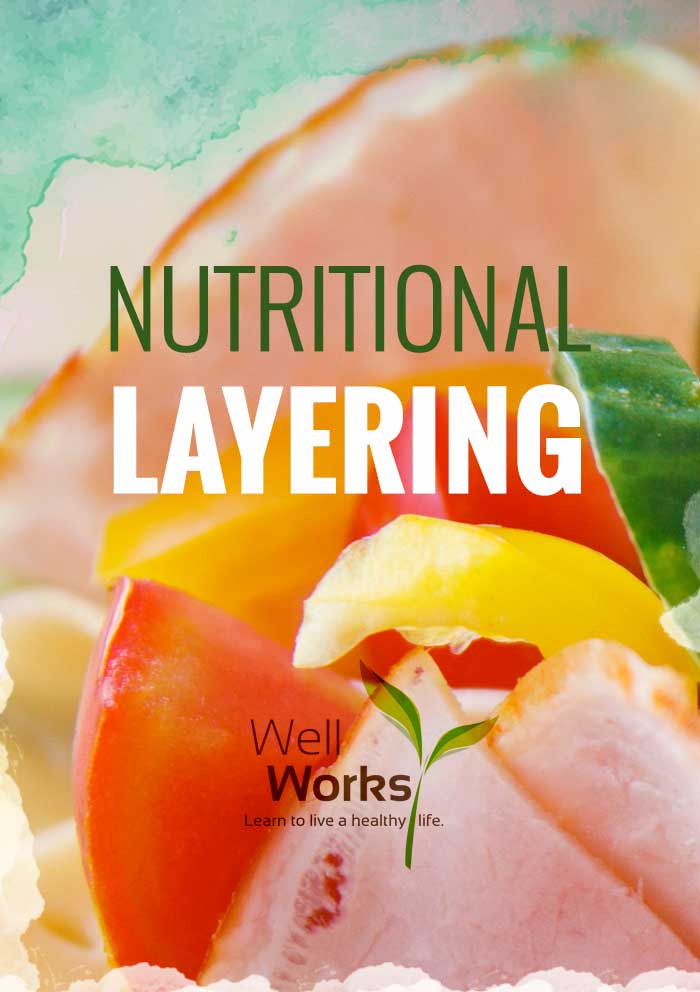
Being mindful of Nutritional Layering has added an exciting element to cooking. When I research recipes, for example, I find myself immediately editing the ingredient list to include those that pack a powerful punch of vitamins and nutrients. For instance, I tend to make broths and stocks at home because I can add a multitude of quality nutrients by simply adding elements such as dried mushrooms, which contain immune supportive properties, Kombu, which is similar to seaweed and contains high levels of iodine and fiber, fermented miso, which contains a dense concentration of nutrients, and even a simple bay leaf, as it includes healthy compounds, folic acid and vitamins.
Add Nutrients and Complexity to Cooking
Another of my favorite dishes to prepare and enjoy is an easy Confetti Slaw, which contains cabbage, bell peppers, garlic, onions, high-quality olive oil and plenty of citrus, herbs and spices. Not only is the slaw beautiful to behold and delicious, but the ingredients offer an abundance of phytonutrients, which are beneficial to health and are believed to help prevent various diseases. Layer upon layer, these ingredients add necessary nutrients and complexity to cooking.
Cooking-Conscious Crops
My interest in Nutritional Layering has extended to my beloved garden as well, where my cooking-conscious crops include medicinal herbs, trees and plants that make for a lovely yard while ultimately producing a healthy, edible harvest. Indoors, I have even enriched my water intake by adding citrus, such as lemon and orange slices, and herbs, mainly mint and tarragon, into the pitcher that is a constant in my refrigerator.
And so, the next time you’re in the kitchen, perhaps you could make the most of your meal by layering healthy, quality ingredients. Knowing that you’re consuming the best possible components will boost your mood, help your health and, naturally, make for a superb supper.
